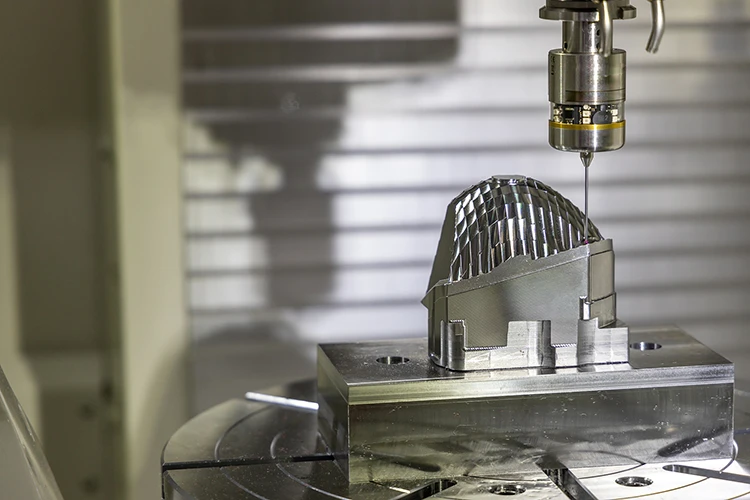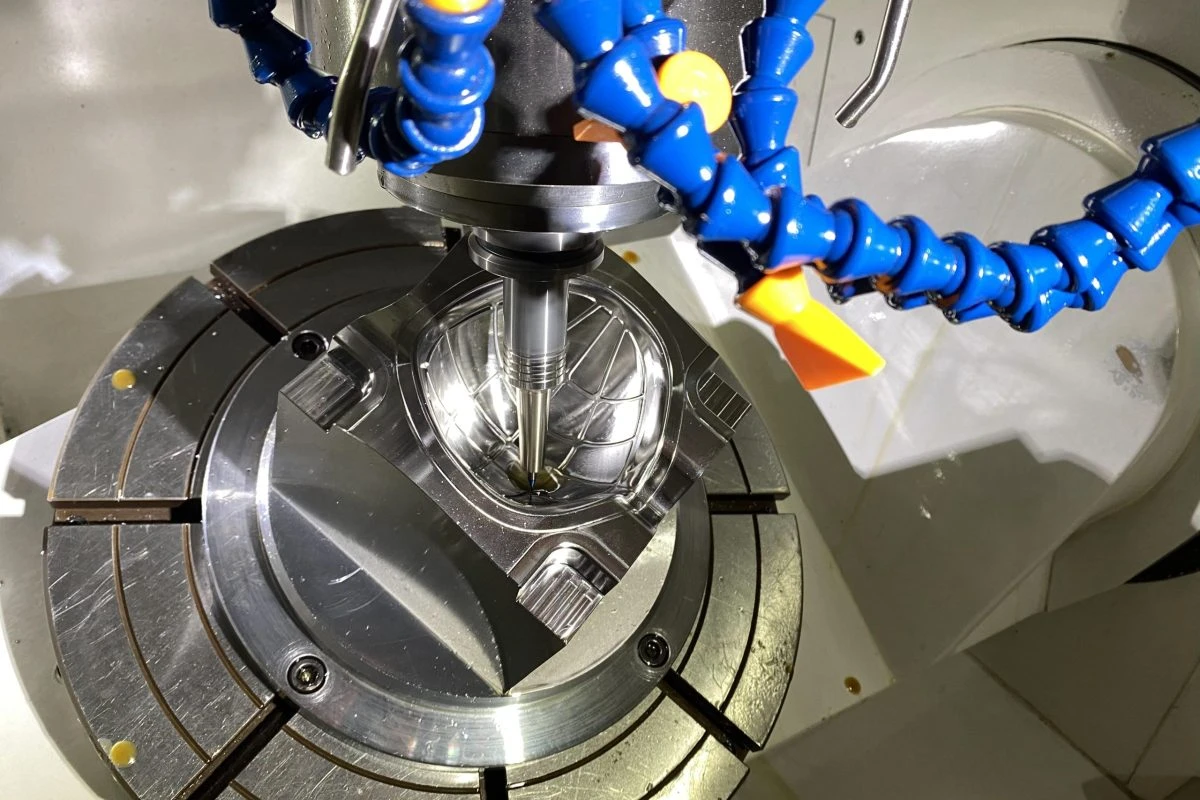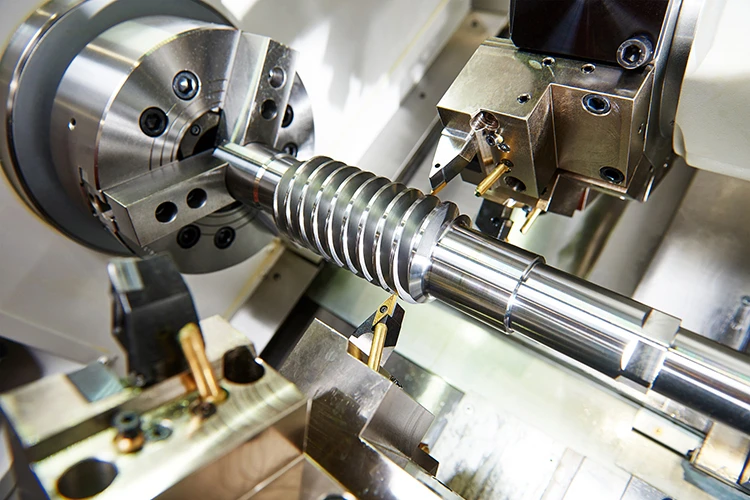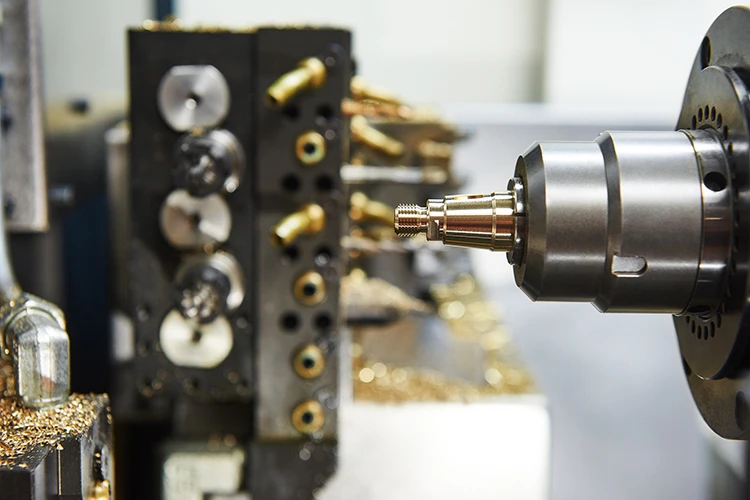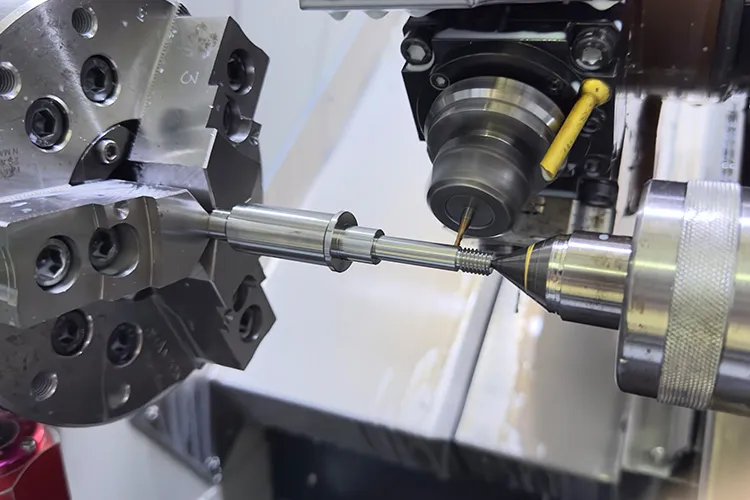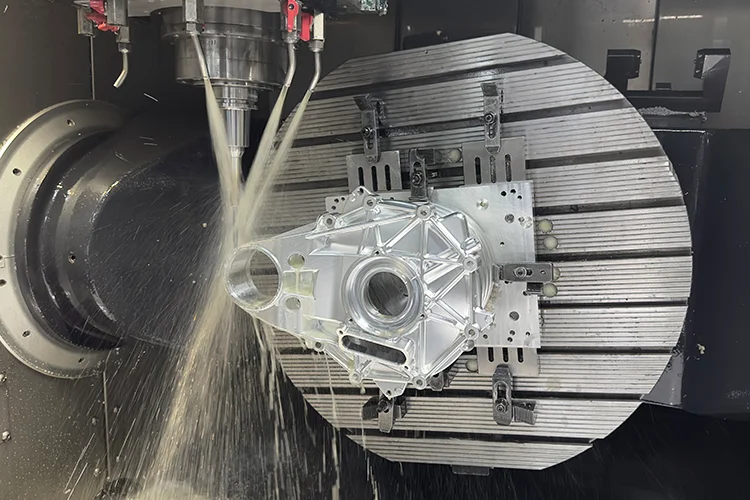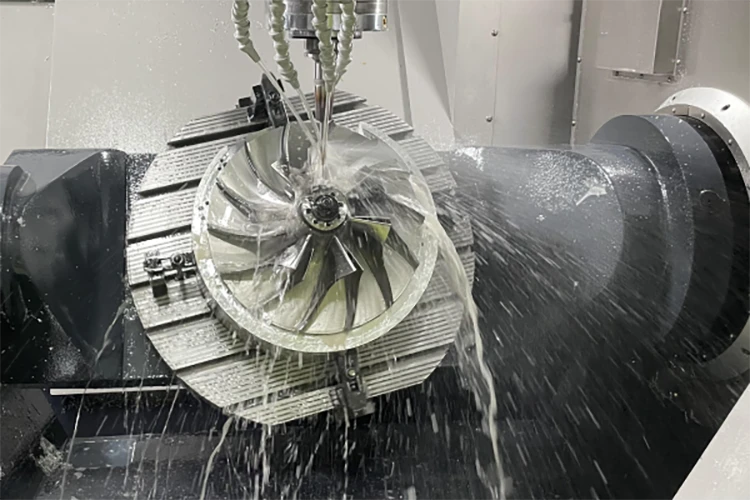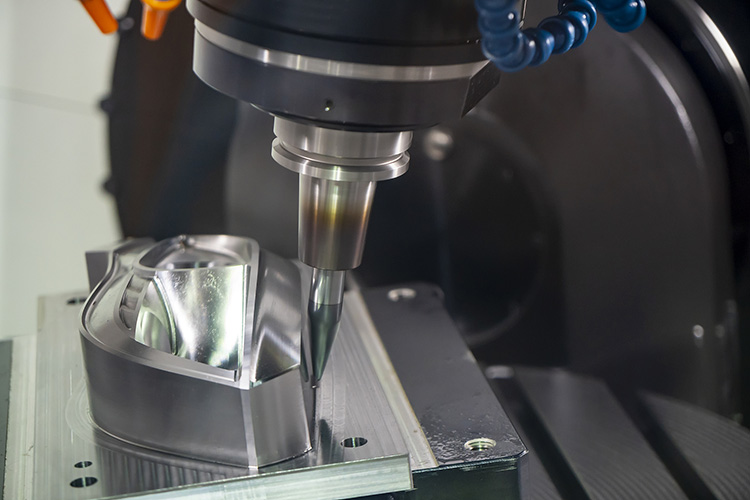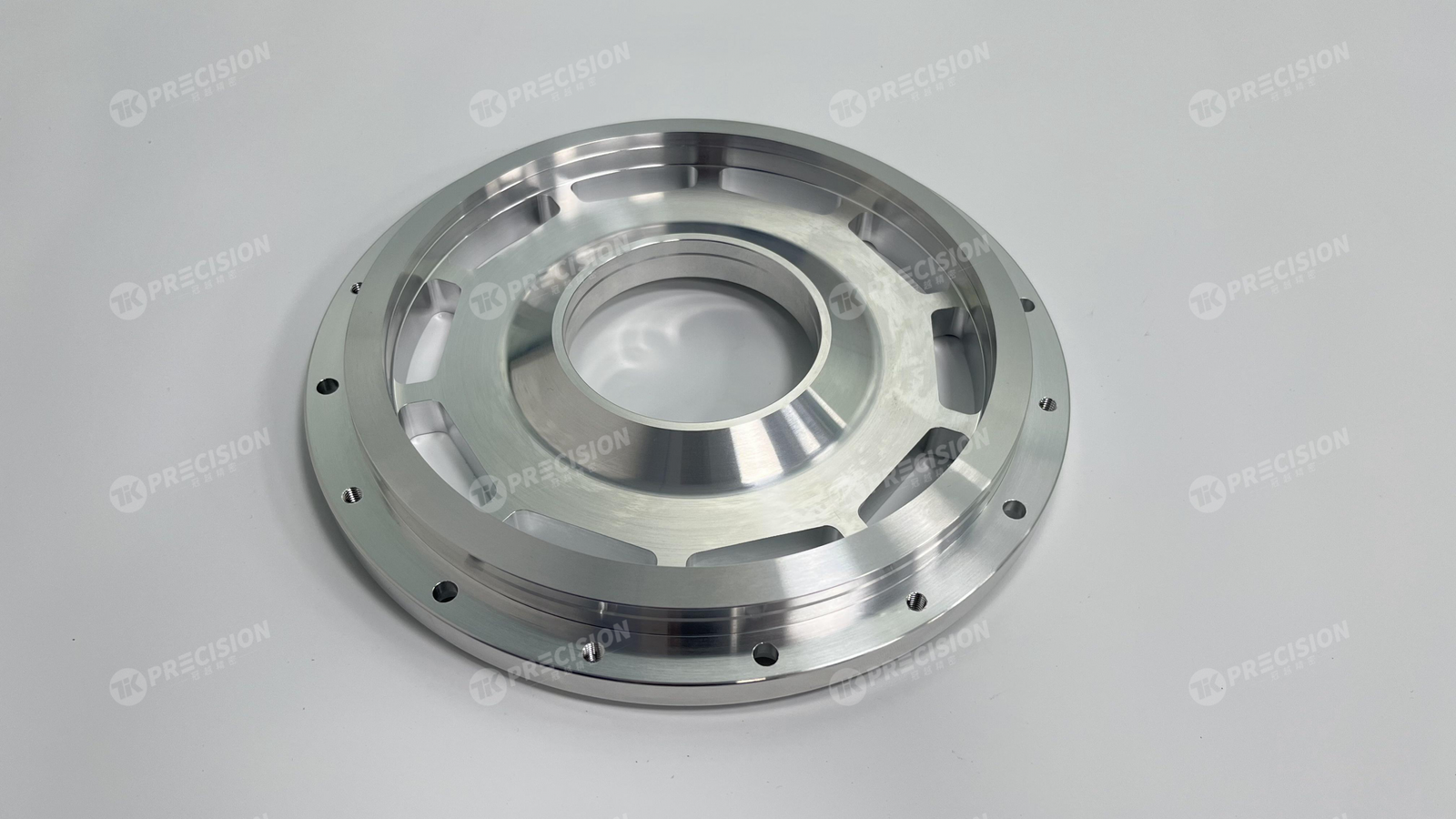Heat treatment involves heating the metal alloy to (typically) extreme temperatures, followed by a cooling step under controlled conditions. The temperature to which the material is heated, the time it is held at that temperature and the rate of cooling all greatly affect the final physical properties of the metal alloy.
Heat treatment can be applied to many metal alloys to significantly improve key physical properties, including hardness, strength, and machinability. These changes occur due to changes in the microstructure and sometimes the chemical composition of the material.
In this article, we review the heat treatments associated with the most commonly used steel alloys in CNC machining to help you choose the right material for your application.
Precisely what is heat treatment in CNC machining?
As an integral part of CNC machining of material parts, heat treatment is the process of applying controlled heating and cooling of materials to achieve desired material properties. It changes the four main material properties of metal parts, namely hardness, power, toughness and ductility.
Of course, not all warmth treatments are created equal. You can choose the ideal temperature treatment method based on the material structure, the dimensions of the produced part and the desired final material properties.
The goal of heat treatment is to obtain a specific microstructure that gives your part a specific shell of material.
When should you apply heat remedies to metallic parts?
You can apply high temperature treatments to metal alloys at several stages either from the CNC engineering process, before you start machining your parts or after.
Before CNC Engineering
When requested to provide ready-made, standardized grades of metallic metal, CNC service providers will machine parts directly from this stock material. This is often the best option for shortening lead times.
After CNC machining
Some heat treatments significantly increase the hardness of the material or are used as a finishing stage after forming. In these cases, heat treatment is performed after CNC engineering, as high hardness reduces the machinability of the material. For example, this is standard practice when CNC machining tool steel parts.
What are the common heat treatment options for CNC materials?
Annealing, stress relief and tempering
Annealing, tempering and stress relieving almost all involve heating the metal mixture to a high temperature and then cooling the material at a slow rate, usually in air or in an oven. They differ in the amount of heat the material is heated to and the order in which it is made.
During annealing, the metal is typically heated to very high temperatures and then slowly cooled to achieve the desired microstructure. Annealing is commonly applied to most metallic metals after development and before any further processing to soften them and improve their machinability. If no other heat treatment is specified, then CNC machined parts will have material properties in the annealed state.
Stress relief requires heating the part is heating system to a certain temperature (but lower than annealing), and is usually used after CNC machining to relieve residual stresses created during the manufacturing process. This allows the production of parts with a more consistent mechanical housing.

